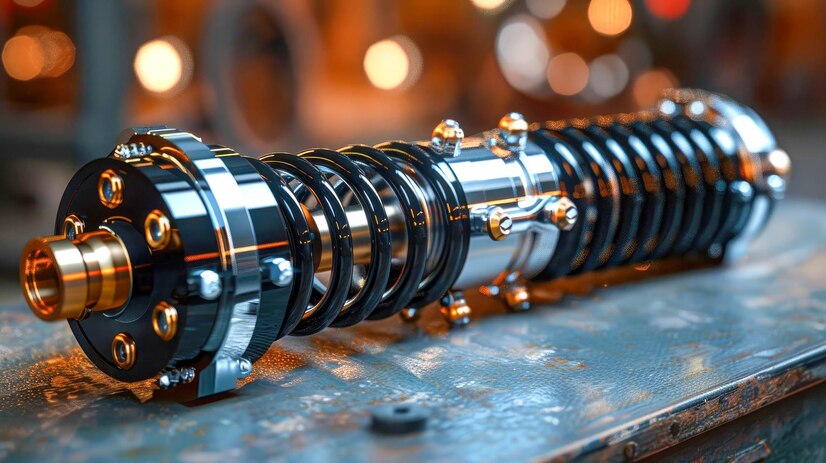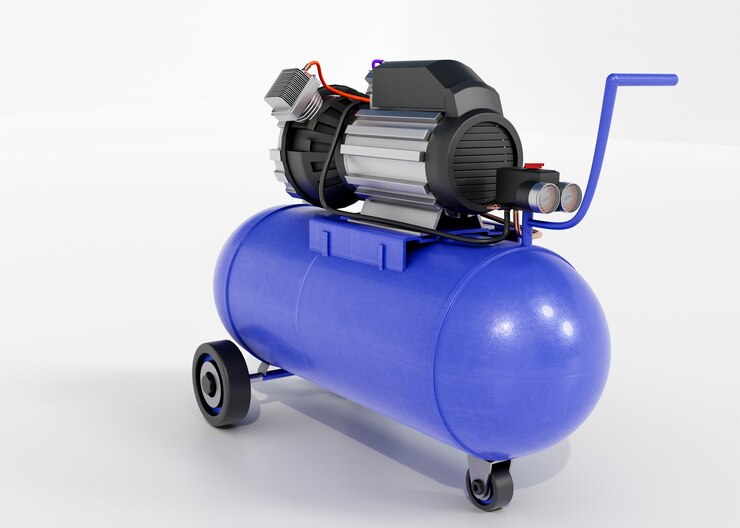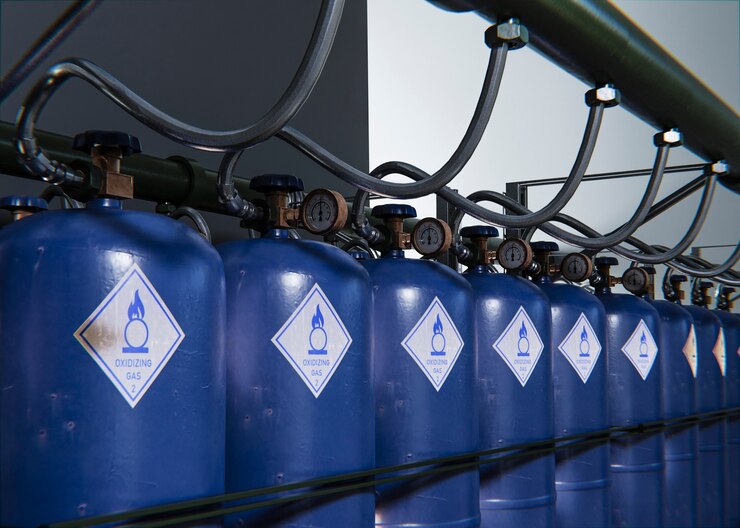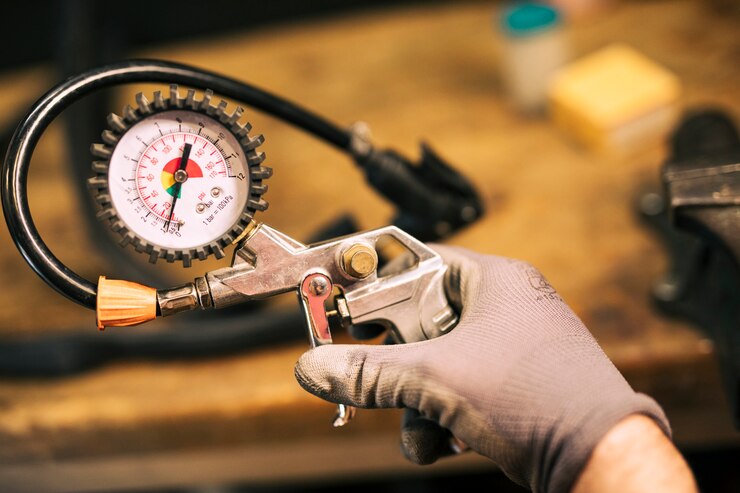Maintenance Tips for Long-Lasting Piston Rod Compressor
Enabling Industries with Power and Precision
The piston rod compressor is one of the most basic and indispensable pieces of equipment in the world of compressors. This type of compressor has a strong structure and high performance thus is widely used in many fields, such as automotive, refrigeration, and medicine. Whether you are reading this to gain some understanding of how these fantastic machines operate or to find the best solutions for your needs, you are in the right place. Piston rod compressors; their working, use and care: This article includes information giving you all the basic knowledge that is required about piston rod compressors.
What Does the Piston Rod Compressor Mean?
Specifically, a piston rod compressor is generally defined as a kind of reciprocating compressor where a piston chamber is used to compress the gas together with the help of the connecting piston rod. It works on the positive displacement principle; in other words, the device takes in gas and compresses the same at a higher pressure without leakage. It is richly valued for its multi-functionality of being used in both high-pressure and also low-pressure applications.
How Does It Work?
The working principle of a piston rod compressor involves several key components:
• Piston: In this case, the piston oscillates up and down and using the upthrust which is created pushes the gas into the cylinder.
• Connecting Rod: This rod is the part of the engine that links the piston to the crankshaft: its foremost function is to transform the circular movement of the crankshaft into a straight line.
• Crankshaft: The crankshaft operates upon a motor to produce the rotational force that is required to move the piston.
• Cylinder: The cylinder accommodates the piston and at the same time enables it to oscillate as the gas is compressed.
• Valves: These components control the inflow and outflow of the gas within the cylinder.
• Seals and Bearings: These facilitate the operations and help to avoid leakage.
Classification of Piston Rod Compressors
There are chiefly two piston rod compressor types, these are as follows, and the piston rod compressor is designed according to requirement. Here’s a quick overview:
Single-Stage Piston Rod Compressor: The gas is compressed in one stroke, and it is suitable for applications with low-pressure requirements.
Multi-Stage Piston Rod Compressor: These are used for high-pressure requirements, containing multiple cylinders and pistons to create the largest differences in compression.
Oil-Lubricated Piston Rod Compressor: These employ oil for lubrication and, in the process, may improve the efficiency of the compressors within the plant and also increase the lifespan of the compressors.
Oil-Free Piston Rod Compressor: Ideally used in instances where oil is likely to penetrate since they do not support oil at all including medical or food-related industries.
Horizontal and Vertical Piston Rod Compressors: The packaging of these compressors depends on the space required thus, they can be oriented to meet the installation space demands.
Uses of Piston Rod Compressors
These compressors are utilized across a multitude of industries, showcasing their adaptability and efficiency:
• Automotive Industry: It is used in the conditioning of air and pneumatic instruments.
• Refrigeration: They are largely used in cooling systems to ensure that operating temperatures are kept low.
• Medical Field: Essential in supplying medical grade air pressure used by several medical apparatus.
• Industrial Gas Production: Used in the manufacturing and distribution of critical gases such as oxygen and nitrogen.

A Deep Dive into High-Pressure Piston Rod Compressors
High-pressure piston rod compressor is used across industries to guarantee the necessary gas compression in diverse practical contexts. In the reciprocating compressor category, only the positive displacement type works by compressing the gas to vastly higher pressures which in turn makes it suitable for use in oil and gas, chemical industries and manufacturing industries. Featuring heavy-duty pistons and intricate lube systems among others, they work well, enduring less wear and tear. In addition, the range of these compressors is divided between oil-flooded and oil-less compressors to meet the requisite standards of industries where the presence of oil cannot be tolerated.
Why is a Piston Rod Compressor Preferred?
Efficiency: Piston rod Compressors have high efficiency in compression and are therefore suitable for high usage at low costs.
Durability: If well maintained, these compressors can run for a long period of about several years without experiencing much problem.
Versatility: They can deal with different types of gases and pressures thus suitable for use in many industries.
Easy Maintenance: A great majority of these components are easily accessible, thereby enabling ease in maintenance or a replacement in the event of a breakdown.
Maintenance Tips for Long-Lasting Piston Rod Compressors
These compressors are an essential part of distinct industrial processes that need guaranteed gas compression. It will be wise to avail these machines for constant use to have optimum functionality and durability they must be maintained constantly. Here are some key maintenance tips to keep your piston rod compressor running smoothly:
Regular Inspections
It is recommended to perform a regular visual assessment to ensure that there is no deformation due to wear. A potential sign is hydrocarbon leakage from the seals, connections, or interconnections with other systems. Check for damage on the cylinder, the piston and the valves, if there are any defects be sure to note them down.
Lubrication
Lubrication helps to reduce friction between contacting surfaces and hence must be done properly. Check whether the lubrication system is okay and whether the right oil has been used by the manufacturer. Ensure that oil levels are checked frequently and changed to avoid situations where there is overheating and wear of the parts.
Cooling System Maintenance
Ensure the cooling system is properly maintained so that the temperature shoots up. Cleaning the cooling fins should be done also making sure there is enough air passage around the compressor. Ensure coolant is refilled often and change it at times to ensure good temperature regulation.
Filter Replacement
Filtering elements are covered or blocked up with dust and debris, which decreases the supply of fresh air and the system’s efficiency. Erect air filters that are checked often and replaced in the long term so that clean air flows into the compressor. This small measure can greatly enhance the life expectancy of the piston rod compressor.
Monitor Performance
Monitor pressure output and temperature of the compressor since these are important parameters representing it. Fluctuations in performance may tell a different story that requires professional attention at the earliest.
Professional Maintenance
Apart from that routine, hire a professional technician at least once a year. It is expensive to seek services from trained technicians in doing compressor inspections, risk assessment, and optimization.
The Future of Piston Rod Compressors
As industries evolve and the demand for efficiency increases, piston rod compressors are also advancing. Innovations in materials and technology are paving the way for more efficient and environmentally friendly models. With ongoing research and development, we can expect even higher performance levels and greater versatility from these indispensable machines.
Conclusion
The piston rod compressor is more than just a machine; it’s a vital component that drives various industries forward. Whether you need a high-pressure solution for industrial applications or a reliable compressor for medical use, understanding how these machines work and how to maintain them is essential.


